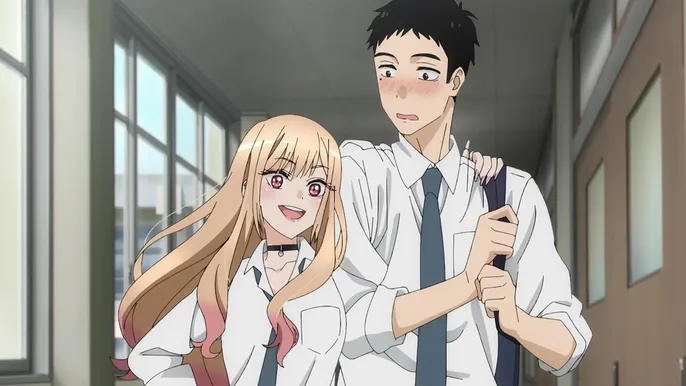 My Dress-Up Darling surprised me with its heart and layers. I watched it on a whim, expecting the usual tired ecchi nonsense, but I quickly connected with the characters and how Darling develops those characters.
My Dress-Up Darling surprised me with its heart and layers. I watched it on a whim, expecting the usual tired ecchi nonsense, but I quickly connected with the characters and how Darling develops those characters.
Enter Wakana Gojo, the quiet and socially awkward high-school guy with a fascination with…hina doll craftsmanship! During his first semester, the popular and socially astute Marin Kitagawa sees him making a costume for a hina doll. Hina dolls, by the way, are a traditional Japanese art. This is high-culture sort of stuff. Well, Marin sees his skill and immediately wants to recruit him to make her cosplay outfits. Their relationship slowly develops as their mutually extreme interests collide and mix.
Usually with this sort of story, the guy is the otaku. However, in My Dress-Up Darling the socially able Marin is the otaku, proving you don’t have to be a backward dude to be into anime and manga. Marin is popular, talkative, and confident. Yet, she also can’t connect with her friend group using her love for cosplay and video games. They just aren’t interested. Likewise, Wakana can’t connect to people using his interest in obscure hina dolls. However, because of this isolation, both of them had learned to respect the interests of others.
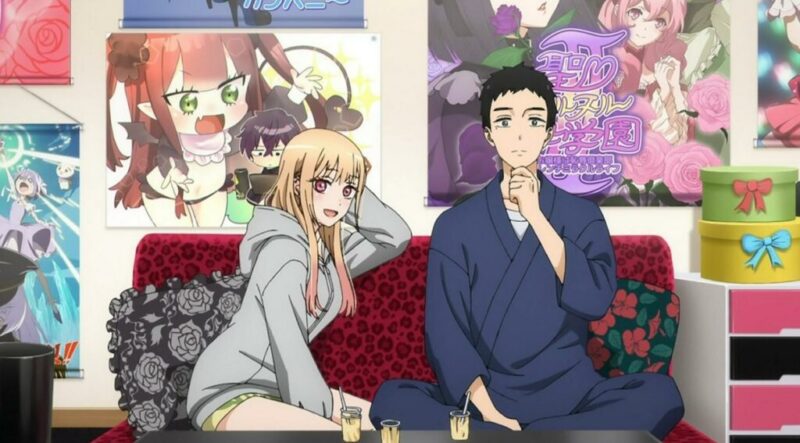
My Dress-Up Doll uses various subtle means to develop its characters. Even the fan-service surrounding Marin develops her character. Wakana, for instance, can’t master painting hina doll faces. If you watch him carefully, he doesn’t look at people’s faces. He can’t paint doll faces because he doesn’t look at or read the faces of the people around him. Marin doesn’t have problems with faces–she wears her feelings on her sleeve, quite literally when she cosplays, but she struggles with reading people in a different way from Wakana. One of the first conflicts has Wakana rushing to make her a cosplay outfit before an event; Marin had mistakenly planted the idea and failed to read his flurry of activity as avoidance of her. She isn’t used to being around serious, dedicated people like Wakana, so she doesn’t know how to read them.
The miscommunication leads to Wakana pushing himself to burnout and beyond it to finish Marin’s costume. I’ve been there. I’ve pushed to complete a project to the point where I didn’t believe I could go any further, only to push beyond that limit at a cost. The sense of satisfaction when the project was finished offers a dangerous addiction. In Wakana’s case, Marin’s sheer joy made the push worth it.
CloverWorks does an excellent job animating not just Marin’s bodily physics and facial expressions, but the studio also leverages them for personality. Wakana claws the floor in his dark moment of defeat. You can see the anguish and frustration in his fingertips. Marin’s “boob bag” goes beyond fan-service to illustrate her confidence and trust in Wakana. She only uses the gesture around him, teasing and rewarding him with a silly show of gratitude for his hard work. Of course, when Wakana doesn’t look, Marin has moments of embarrassment toward her antics.
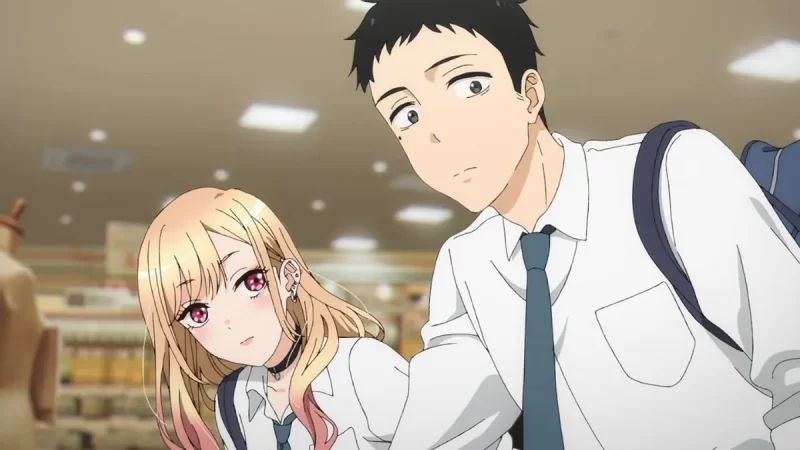
The amount of animation frames Cloverworks lavishes on Marin’s facial expressions squeezes personality out what is normally spare anime facial design. She hooks locks of hair behind her studded ear, flicks her eyes, and even the corner of her mouth quirks in a small way. Wakana doesn’t receive the same amount of attention as Marin–let’s face it, My Dress-Up Darling targets guys–but his larger body movements balances Marin’s smaller movements. His larger body language contrasts the delicate work he produces with both Marin’s costumes and the tiny hina dolls. You wouldn’t think a large dude like him could do such detailed work.
My Dress-Up Darling balances scenes through contrast. It contrasts itself against the usual tropes of the ecchi rom-com genre, and balances fan-service against a heartfulness and a respect for the personalities of the characters. Wakana respects Marin, and she respects him right back. Both seek to understand the other. There’s a scene where Wakana explains what the word “beautiful” means to him and how he can’t express it willy-nilly, so when he calls Marin beautiful after a day of cosplaying, she is flustered and touched. The anime does an excellent job suggesting depth of character in these small interactions and scenes and with the well-animated gestures between.
One of the more popular scenes online is when Wakana takes Marin’s measurements. She is dressed in her swimsuit–as if swimwear is really different from underwear. Wakana struggles to take her measurements. After all, he had never been so close to female skin, let alone wearing so little! It appears to be the usual ecchi fare, but the interactions between them develop the scene if you pay attention beyond Marin’s body. Marin is patient with Wakana, asking if he is okay as he panics over his task. She is genuinely concerned by how she is flustering him. She tries to remain calm so not to fluster him further, but when he measures her in-seam, her self-control cracks a little to show she is just as embarrassed as he is. Wakana’s behavior goes beyond the usual virginal anime guy-fluster. He struggles with himself for feeling flustered and with his feelings of inadequacy. He had never made a costume for a living person before. As a craftsman he worries about not getting the measurements exactly right.
Of course, Marin also plays with him despite her own embarrassment and empathy toward him. Playfulness sits at the core of her character, but it also offers a way for her to avoid her own embarrassment. CloverWorks handles this in small gestures during that scene. While I am tired of ecchi as long-time readers know, when ecchi scenes develop characters and personalities they can be enjoyable.
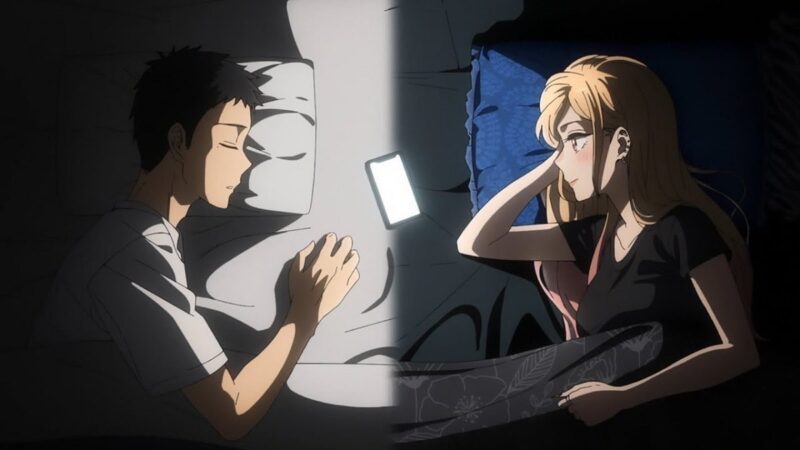
My Dress-Up Darling ranks with I Can’t Dream of Bunny Girl Senpai as a surprisingly good story. Both stories use fan-service to develop their characters in interesting ways. If used well, fan-service can help develop characters. In both stories, the male and female leads grow together and toward each other in engaging and endearing ways. Of course, both stories are also a lot of fun and aren’t seriousness despite the serious themes behind them. They both have good jokes and some charming slice-of-life moments. Give My Dress-Up Darling a watch, and try to pay attention to the subtleties behind Marin’s fan-service.
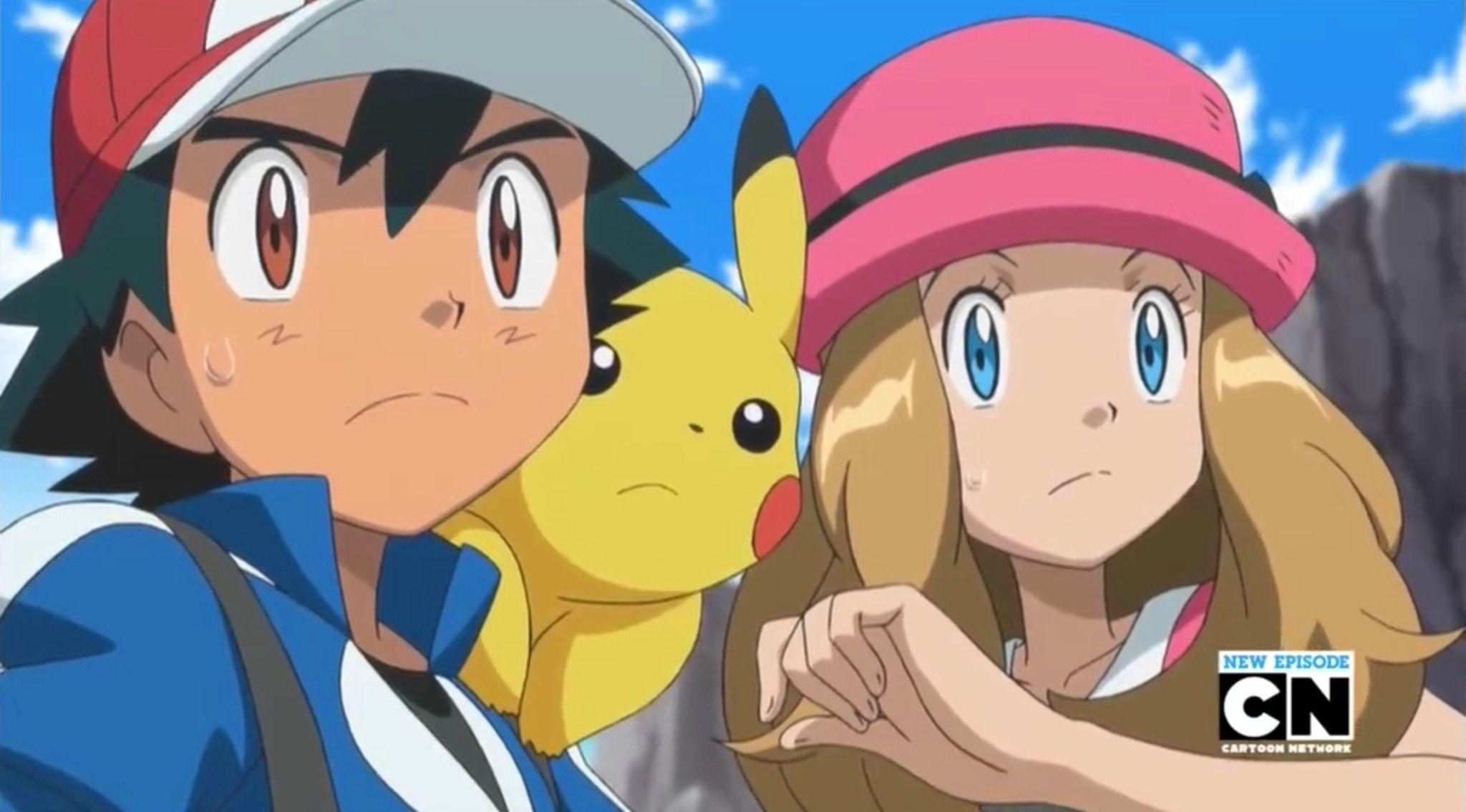

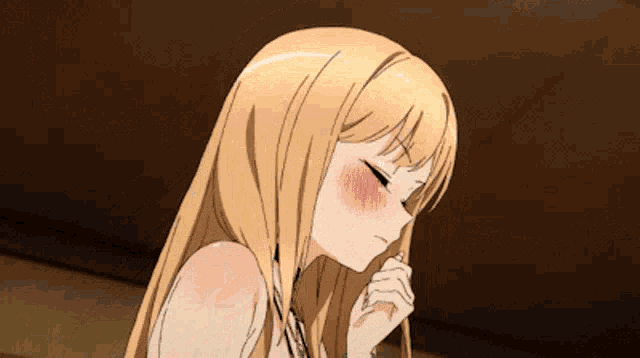
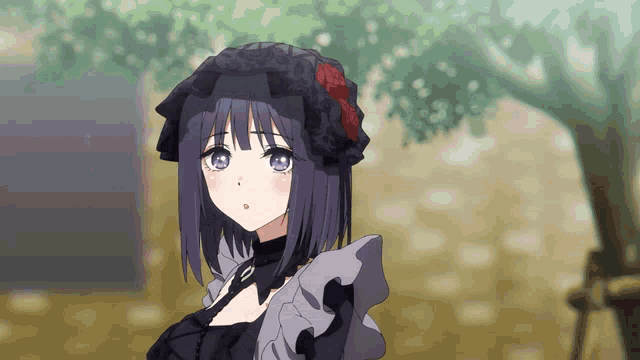
I got a chance to read the manga and I’m just impressed with how the story balances romance and discussion about cosplayers. As someone who cosplays and been to cosplay gatherings, the author, Shinichi Fukuda, has done a LOT of research on the subject.
Marin’s facial expressions in every panel where she says something that generates a lot of emotion are so damn good.
It sounds like the author pays attention to detail! I had heard that the series captures the details of making cosplay costumes, along with the emotions surrounding the effort. I was pleased the story was better than what I had expected. It encourages me to keep trying different-from-usual anime.